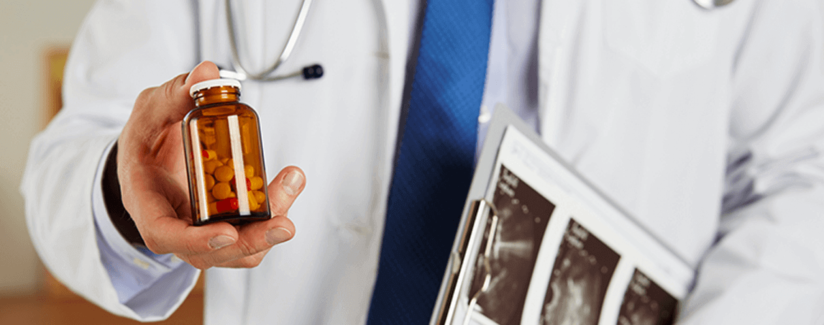
What is agriculture’s role in the issue of antibiotic resistance?
10/14/2016
The emergence of bacteria that are resistant to antibiotics is a public health concern. The United Nations recently addressed the issue when leaders from 193 countries agreed in a declaration to combat the proliferation of antibiotic resistance.
Antibiotics aren’t just vital for keeping people healthy – they also play a role in producing food. Dr. Keiji Fukuda, an American physician who serves as the World Health Organization’s Special Representative for Antimicrobial Resistance, said of the importance of having effective antibiotics for food animal production, “If we lose that ability [to treat animals when they are sick], we perhaps begin to lose the ability to have adequate food supplies in the world.”
To learn more about the issue, we went to Dr. John Prescott, professor emeritus in the Department of Pathobiology at the University of Guelph in Guelph, Ontario.
What are your thoughts on the United Nations choosing to address the antibiotic resistance issue?
Dr. Prescott: The issue of antimicrobial resistance (AMR) has now generated unprecedented international interest, at the highest political levels nationally and internationally. AMR is regarded as a threat to humanity on a par with climate change. It’s reassuring and rewarding to see movement on this issue.
What is animal agriculture’s role in the issue of antibiotic resistance?
Dr. Prescott: How much is agriculture contributing to antibiotic resistance? No one really knows. There’s a finite contribution but it’s probably relatively selective, and perhaps rather hidden. It’s been a complex issue to sort out, but all the evidence points to some contribution. I hate to put numbers on it because it’s so complex but perhaps 4-to-8 percent overall.
What would be the consequences of overly-restricting antibiotic use in food animals?
Dr. Prescott: Depends on what you mean by overly-constricting. There are different types of antibiotics which are very important for animals but unimportant for people, such as the ionophores used to control coccidiosis, a disease in chickens that chiefly affects the intestines. Removal of ALL antibiotics would make intensive agriculture difficult and would considerably raise the price of animal protein. I don’t think the intention is to do this, just to use antibiotics where their benefits are clear and substantial and not associated with adverse resistance effects in humans.
What do you think is the biggest misconception among consumers on antibiotic use in agriculture?
Dr. Prescott: The biggest misconception is that agricultural use of antibiotics is responsible for most resistance in human bacterial pathogens. There is no evidence for this conception.
Is the food animal sector responding appropriately on the antibiotic resistance issue?
Dr. Prescott: I think so, generally yes, they are very concerned, knowledgeable and able to act. It’s a work in progress, since they will respond to consumer demand and regulation. Government and regulation is playing catch up in North America, and this governance aspect is more chaotic and needs far more work.
The use of antibiotics, resistance and the impact on health and the food supply are important issues that will continue to be researched and analyzed.


























